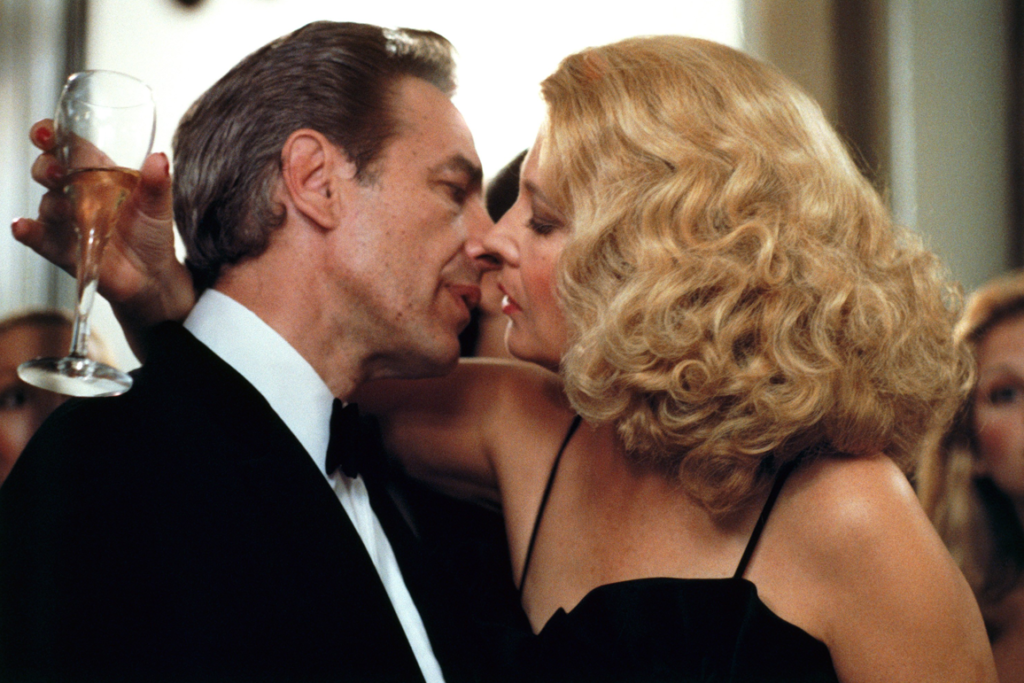
Table of Contents
Gena Rowlands and John Cassavetes shared one of the most iconic and dynamic partnerships in the history of cinema. Their 35-year marriage was marked by mutual respect, intense creativity, and a deep, abiding love that influenced their work and left an indelible mark on the world of independent film. Here is an inside look at their love story and marriage.
Gena RowlandsEarly Beginnings
Gena Rowlands and John Cassavetes met in 1953 when both were young actors in New York City. Rowlands, a fresh graduate from the American Academy of Dramatic Arts, was already making waves with her talent and beauty. Cassavetes, a charismatic actor with a rebellious spirit, was beginning to make a name for himself. Their meeting was serendipitous, and there was an immediate connection. They married in 1954, embarking on a journey that would intertwine their personal and professional lives.
A Creative Partnership
From the outset, Rowlands and Cassavetes’ marriage was built on a shared passion for acting and storytelling. Cassavetes’ transition from acting to directing marked a significant turning point in their lives. He was frustrated with the limitations of mainstream Hollywood and sought to create films that delved deeper into human emotions and relationships. Rowlands was his muse and the star of many of his films, bringing his visionary ideas to life with her raw, powerful performances.
One of the most significant milestones in their collaborative career was the 1974 film “A Woman Under the Influence.” Cassavetes wrote and directed the film, while Rowlands delivered a tour-de-force performance as Mabel Longhetti, a woman grappling with mental illness. The film’s intense, unflinching portrayal of Mabel’s struggles showcased Rowlands’ incredible range and depth as an actress. It earned her an Academy Award nomination for Best Actress and cemented the couple’s reputation as pioneers of independent cinema.
The Struggles and Triumphs
Their partnership was not without its challenges. The couple faced financial difficulties as they often financed their films independently, eschewing the constraints of major studios to maintain creative control. Despite the financial strain, they persevered, driven by their dedication to their craft and each other. Their home became a hub of creativity, with scripts, ideas, and passionate discussions filling their days and nights.
Family Life
Rowlands and Cassavetes balanced their demanding careers with raising three children: Nick, Alexandra, and Zoe. All three children inherited their parents’ artistic inclinations, with Nick and Zoe following in their footsteps as filmmakers and actors. Despite the pressures of their careers, Rowlands and Cassavetes were devoted parents, instilling in their children a love for the arts and a strong sense of independence.
A Unique Working Relationship
The couple’s working relationship was a fascinating blend of collaboration and independence. Cassavetes was known for his unconventional directing style, often eschewing traditional scripts in favor of improvisation and emotional spontaneity. Rowlands thrived in this environment, bringing a raw authenticity to her performances that captivated audiences. Their trust and understanding of each other allowed them to push boundaries and explore complex, often uncomfortable, aspects of human nature.
Iconic Films
In addition to “A Woman Under the Influence,” Rowlands and Cassavetes collaborated on several other groundbreaking films, including “Faces” (1968), “Minnie and Moskowitz” (1971), and “Opening Night” (1977). Each film was a labor of love, reflecting their shared vision and commitment to creating art that was deeply personal and emotionally resonant. Their films often blurred the lines between fiction and reality, drawing from their own experiences and observations.
Enduring Love
Their marriage was marked by a deep, abiding love that endured through the highs and lows of their careers. Cassavetes’ death in 1989 was a devastating loss for Rowlands, who described him as her soulmate and the love of her life. Despite the challenges they faced, their relationship was characterized by mutual respect, unwavering support, and a shared passion for their work. Rowlands often spoke about the profound influence Cassavetes had on her life, both personally and professionally.
Legacy
Together, they redefined independent cinema, creating films that were daring, honest, and profoundly human. Their work continues to inspire filmmakers and actors, with their films regarded as timeless classics that explore the depths of the human condition.
Rowlands’ performances in Cassavetes’ films are considered some of the finest in cinematic history, showcasing her extraordinary talent and emotional range. Cassavetes’ innovative approach to filmmaking has influenced generations of directors, cementing his status as a trailblazer in the industry.
Conclusion
Gena Rowlands and John Cassavetes’ love story is one of the most compelling and enduring in the world of cinema. Their 35-year marriage was a testament to their shared passion for storytelling and their unwavering commitment to each other. Together, they created a body of work that continues to resonate with audiences, capturing the complexities of human emotion with unparalleled authenticity. Their legacy is a testament to the power of love, creativity, and the enduring impact of true artistic partnership.







